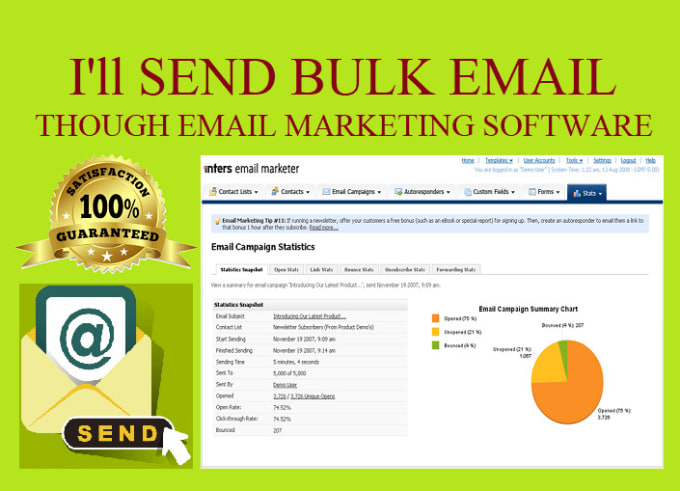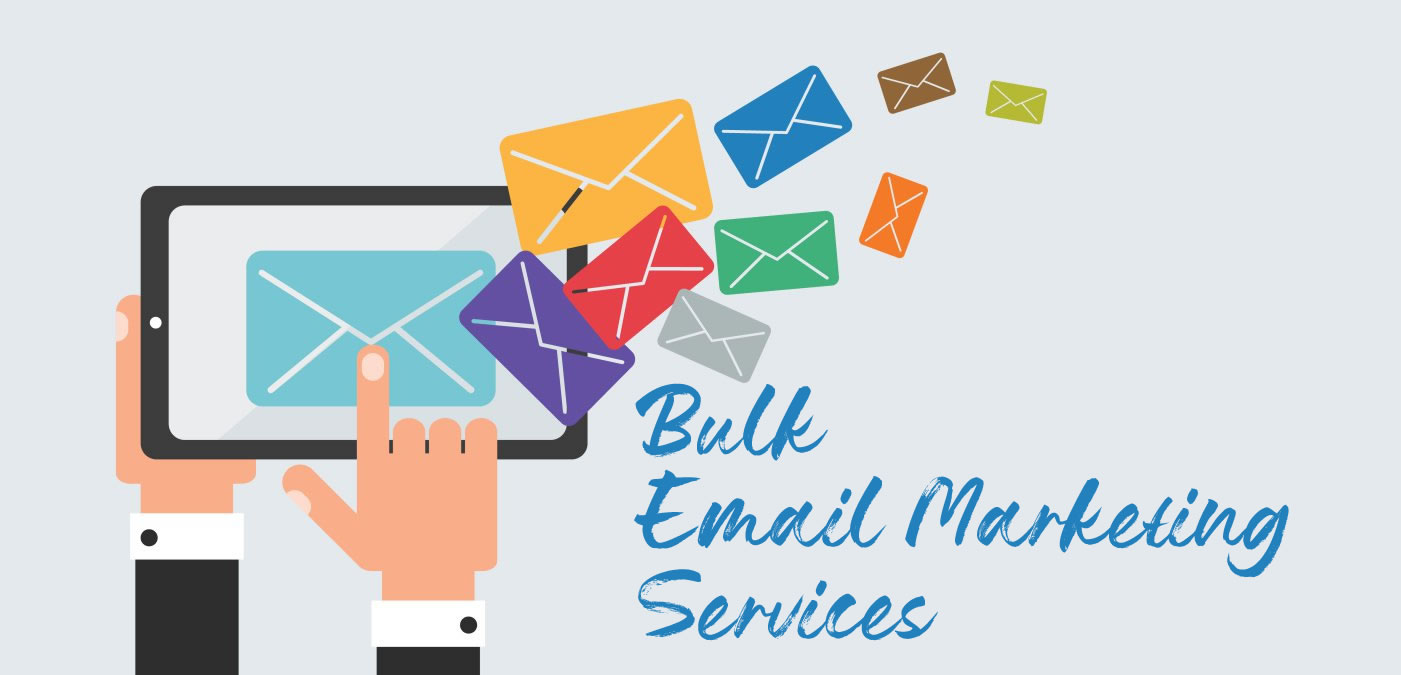

Bring on the power of marketing automation. With enough of your own testing, you should be able to come up with optimal times and days of the week for landing in your customers’ inboxes. Vary with other days and times too, continually looking at where and when you have the most success. Within the same segmented lists, send half of the recipients their email on a weekday and half on a weekend, then compare metric outcomes. Start to play around with the timing of your emails. Research is one thing, though - your actual success rates are another. For higher open rates and clickthrough rates, send on a Tuesday.

If you’re looking to boost transactions, send your email on a Monday or a Sunday. Research shows that the best time to send emails is between 10 am and 11 am. For instance: the days and times that you send your emails. Sometimes even the smallest tweaks can have a significant effect on how well your email marketing efforts perform. Personalize based on needs and desires, and you’ll appeal more strongly to what your recipients want. Tools like Datanyze, Builtwith and others can even help you drill down to which technologies potential customers are (or aren’t) using.
#Bulk email marketing free#
It may mean offering a special coupon that you only send out to repeat customers, or sending out a free downloadable whitepaper just to marketing qualified leads.

Instead, create email content specifically for each of your lists. Personalization doesn’t have to mean individually writing every single email that you send out (though, if you’ve got the time and the inclination, it’s definitely something to consider). And thanks to data-driven analytics, it’s easier than ever before to personalize individual aspects of your emails and offer content and promotions that pack a much bigger punch. You probably already know that you need to get a recipient’s name right on their emails, but there’s more to personalizing marketing emails than just saying hello to the correct person. Try to get as specific as you can - the more you can segment your customers, the better you can reach people with information they genuinely care about. sales qualified leads.Ĭome up with groupings that make the most sense in light of your goals and the insights you have about your audience. For example, you could segment your customer list by geographic location, past purchase history, or marketing qualified leads vs. There are a few ways to do this, and how you go about it really depends on the objectives of your business. To do it, segment your email lists by set designations that help you ensure you’re only contacting people with information that’s relevant to them. Segment your customer lists.Ī large part of sending conversion-friendly emails is making sure that you reach out to the right people with the right content. To increase your chances and build strong, sustainable relationships with your audience base, ditch the email blasts and employ these four email marketing strategies instead. That’s a lot of noise to cut through if you want to make an impact. The average customer receives 121 emails every day.

And although this does make your job as a marketer a little bit harder, the potential for payoffs is a whole lot higher. They want relevant content, optimized for their needs and conveyed in their language. Today, people don’t want to be blindly marketed to. At first glance, it made sense: throw a bunch of stuff at the wall, and something is going to stick, right?Īnd it worked - sort of. There was a time (and not even that long ago) that bulk emails were the way to go when you wanted to get the word out about your product or service.


 0 kommentar(er)
0 kommentar(er)
